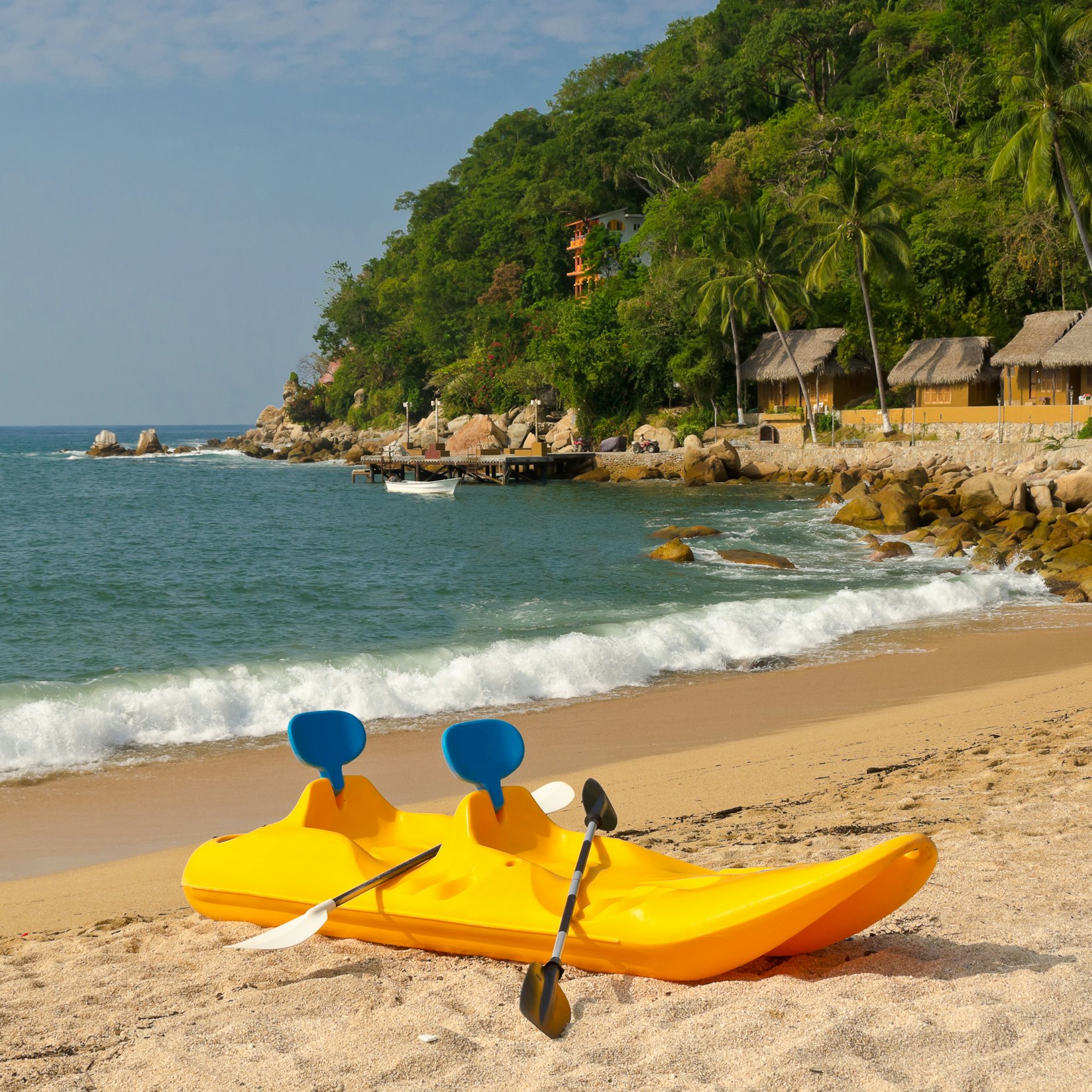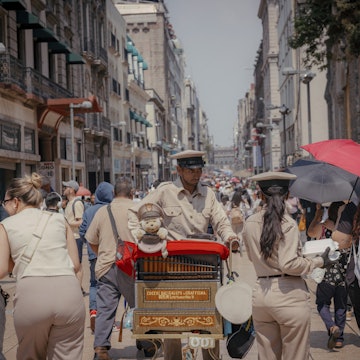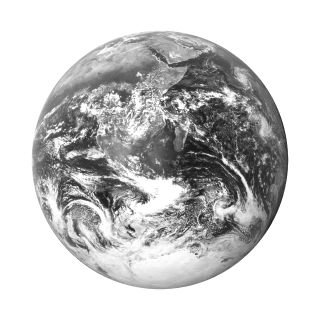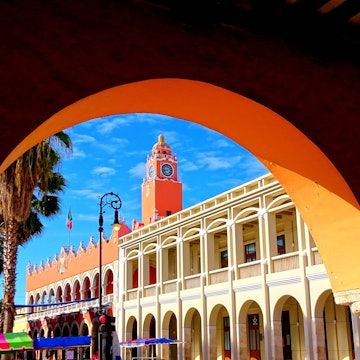

© Marco Bottigelli / Getty
Overview
Get blown away by ancient cities and towering pyramids that have withstood the test of time. Meet indigenous people who continue to practice the traditions passed down from their ancestors. Strap on your boots and go on wild adventures in remote, virgin jungles. Come face to face with unique wildlife and marine animals. Frolic at sun-kissed beaches, spearmint natural pools and dreamy waterfalls. Chow down on sizzling street tacos or dine in style at Michelin-starred restaurants. Down mezcal and tequila in old-school cantinas. Mexico has all of this and much, much more. Not sure where to start planning your Mexico trip? Get inspired with tips on top attractions, the best beaches, Maya ruins, when to visit and more expert advice on Mexico travel.
Leave the planning to a local expert
Experience the real Mexico. Let a local expert handle the planning for you.
Must-see attractions
Planning Tools
Expert guidance to help you plan your trip
Best Things to Do
From swimming in cenotes and eating street food to soaking up the history and culture of this vibrant nation, here are the best things to do in Mexico.
Read full article
Best Places to Visit
Beyond Baja, the Pacific unfurls in a wildly diverse stretch of coastline, where each region serves up a completely different energy.
Read full article
Best Time to Visit
Beach lover, culture maven, history buff or foodie – Mexico has a perfect time for you to experience its countless treasures.
Read full article
Transportation
There are numerous ways to travel through Mexico’s varied regions and world-class city. Here’s how to get around in Mexico.
Read full article
Visa Requirements
If you’re planning a trip to Mexico, here's what you need to know about visas, visa-free travel, tourist permits and more.
Read full article
Money and Costs
Soak up history and art without spending a cent, and find out how to make every peso stretch further with our top tips for visiting Mexico on a budget.
Read full article
Best Road Trips
Fuel your wanderlust on the open road in Mexico with these epic drives.
Read full article
Get Connected
Mexico’s best experiences are worth writing home about. Here's how to keep your cell connected.
Read full article
Get a book. Get inspired. Get exploring.
in partnership with getyourguide






















